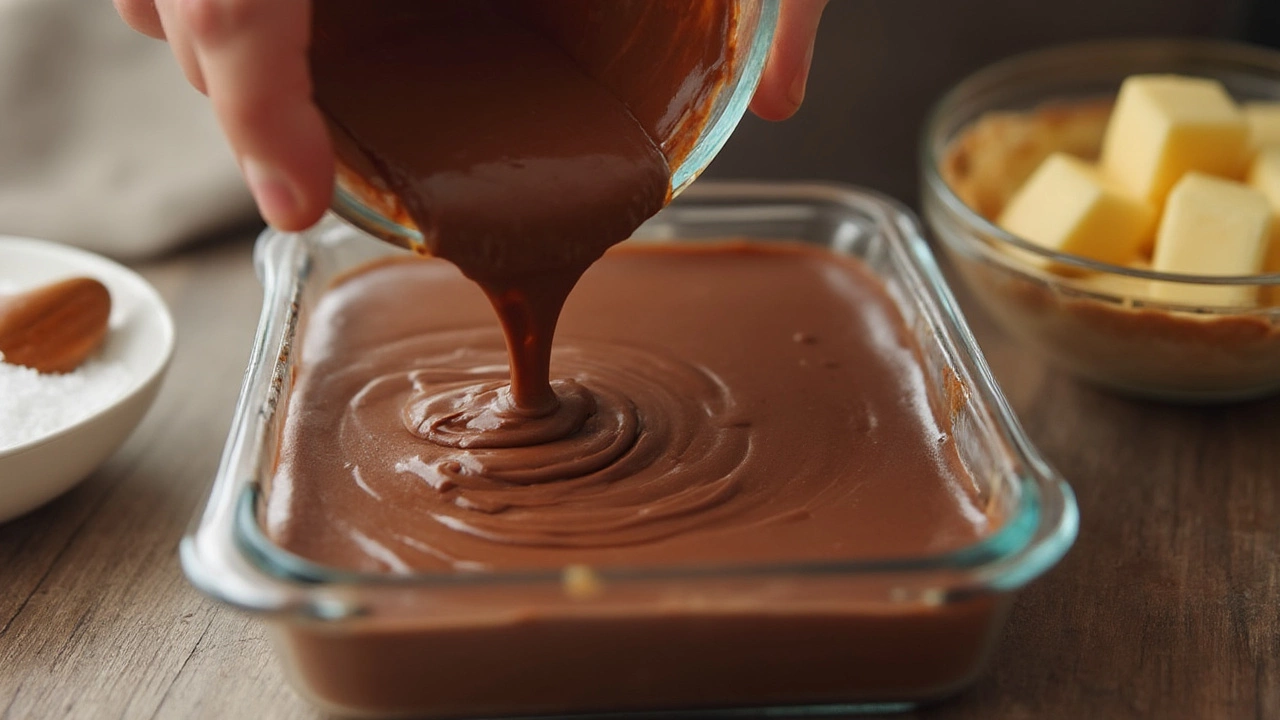Smooth Fudge Made Simple: Tips for Perfectly Creamy Treats
If you’ve ever pulled a batch of fudge that turned out grainy or hard, you’re not alone. The secret to smooth fudge lies in a few easy steps that anyone can follow. Below you’ll get the basics on temperature, stirring, and storage so your fudge stays silky every time.
Get the Temperature Right
The first thing to watch is the heat. Fudge needs to reach the soft‑ball stage, which is between 235°F and 240°F (112°C‑115°C). Use a candy thermometer; it’s the most reliable way to know when you’ve hit the sweet spot. If you don’t have one, you can test by dropping a small spoonful into cold water – it should form a soft, pliable ball that you can roll between your fingers.
Don’t rush the boil. Let the mixture come to a gentle roll and then keep it steady. Boiling too hard will evaporate too much water, making the fudge too dry and grainy.
Stirring and Cooling Tricks
Once you hit the right temperature, remove the pot from the heat and let it cool for a few minutes. This pause lets the bubbles settle and prevents over‑cooking. Then start stirring slowly with a wooden spoon. The goal is to break down the sugar crystals so the fudge becomes smooth.
If you see a thin film forming on the surface, skim it off with a spoon. That film is just boiled milk solids and can make the texture gritty.
When the mixture thickens and loses its glossy shine, it’s ready to pour into a greased pan. Spread it evenly and let it cool at room temperature. Patience here is key – rushing the cooling stage can cause cracks.
Common Mistakes and Quick Fixes
Grainy fudge? It usually means the sugar cooled too fast or you stirred too early. Try reheating the batch gently, add a splash of milk, and stir again until smooth.
Hard fudge? The temperature probably went too high. Next try, use a lower heat and watch the thermometer closely.
Sticky fudge that won’t set? It might need a little more time to reach the soft‑ball stage. Trust the thermometer, not just the visual cues.
Storing Your Smooth Fudge
Once your fudge is set, cut it into squares and store in an airtight container. A layer of parchment paper between layers prevents sticking. In the fridge, fudge stays fresh for up to two weeks; at room temperature, it’s good for about a week.
For longer storage, wrap each piece tightly in plastic wrap and freeze. Thaw at room temperature before serving – it’ll be just as creamy as the day you made it.
With these easy tips, you’ll stop guessing and start enjoying smooth, melt‑in‑your‑mouth fudge every time you bake. Grab your ingredients, heat that pot, and get ready for a batch that’s truly silky.

How to Make Fudge That’s Smooth and Not Grainy: Fudge-Making Secrets Revealed
Tired of grainy fudge? Discover the true secret to smooth, creamy fudge every time, with science-backed tips, practical steps, and expert tricks for flawless results.
View More




